Could Drought Throw Spanner in Works for Croatian Strawberries?
March the 26th, 2022 - Could Croatian strawberries from the fertile and ever-rich Neretva Valley in southern Dalmatia be under threat following an unusually long dry season?
As Poslovni Dnevnik writes, due to an abnormally long dry period, Croatian strawberries from plantations down in the Neretva Valley have been placed in danger, as reported by the Maslina portal.
Although it is now climatologically spring, meaning that the general level of precipitation should technically be enough at this moment in time, the situation is completely different and unusual for this time of year. Only 20 millimetres of rain has fallen so far, while for comparison, about 800 mm fell in the period from October to December.
According to agro-estimates, about two million strawberry seedlings have been planted down in the Neretva Valley, which should be harvested during April, but in order for the these much loved 100% Croatian strawberries to properly ripen, they need regular watering with high quality water, which is not available in the Neretva Valley.
Namely, the water is salty owing to the location, which was repeatedly warned about by the association of fruit and vegetable producers (Neretva Youth/Neretvanska Mladez), which addressed the situation in an open letter to the competent Minister, Marija Vuckovic, warning her of the problem of irrigation.
The association warned that Croatian strawberries are an agricultural crop that is extremely sensitive to increased salt concentrations, especially sodium chloride, but the water in the canals from which local farmers take what they need is currently of extremely poor quality, which is naturally placing Croatian strawberries and indeed other locally grown produce in an unfavourable position.
They also pointed out that extreme climate changes haven't bypassed the Neretva Valley either, because there has been and continues to be almost no rain.
"For two months now, we've been experiencing an extremely dry period with a dry wind - bura", the Neretva Youth Association explained for the Maslina portal.
For more, check out our dedicated lifestyle section.
Zagorski Štrukli and Bagremov Honey Join 33 EU Protected Croatian Products
March 9, 2022 - The European Commission announced that the 'Zagorski štrukli' was now registered as a Protected Geographical Indication (PGI), and 'Zagorski bagremov med' as a Protected Designation of Origin (PDO).
In the nineties, the European Union has established a unique system for protecting and promoting traditional agricultural products and foodstuff. Such products are marked with the symbols of the European Union for the protected designation of origin, protected geographical indication, or a traditional guaranteed specialty, which provides the consumer with information on the purchase of an original product of known origin.
Croatia already has 33 protected products. Adding these other two, whose proposal was submitted in 2018, takes our Country to 7th place in the ranking list of EU countries with the most significant number of protected designations of agricultural products and foodstuffs.
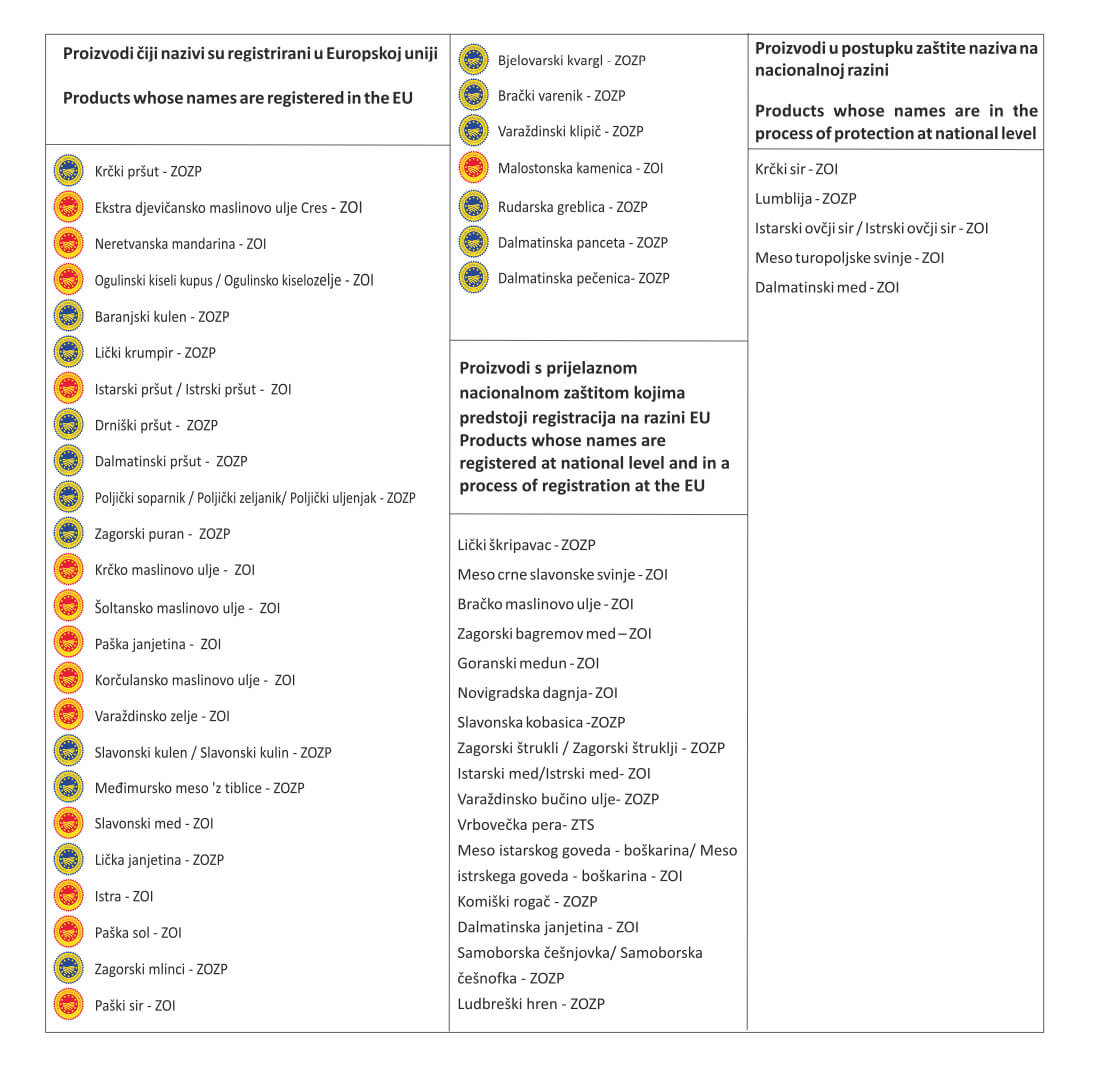
List of the 33 products whose names are registered in the EU before March 7th. (Image: Ministry of Agriculture of Republic of Croatia)
The application to register the traditional Zagorije dish, made of dough with cottage cheese filling, more precisely known as Zagorski štrukli/Zagorski štruklji, was submitted by the association for the protection, preservation, and promotion of traditional Zagorje products “Tradicija Zagorja” (The Tradition of Zagorje).
On the other hand, the process of protecting the name Zagorski bagremov med was submitted by the Krapina-Zagorje County beekeepers’ association. Zagorski bagremov med (Zagorje black locust honey, sometimes called acacia honey) is produced in Hrvatsko Zagorje from the nectar of Robinia Pseudoacacia.
These important awards confirm that Croatia has a rich legacy of agricultural products and foodstuffs, characterized by a remarkable quality and traditional production.
Croatia’s cuisine has several influences ranging from Hungarian and Venetian to Austrian and Turkish. These varying traditions come together to create a fresh and seasonal eating style, splitting in a range of eight loosely defined regional styles of food: Zagorje, Slavonia, Medimurje, Lika, Gorski Kotar, Istria, and Dalmatia.
Spreading the knowledge on the meaning of protected designation of origin, protected geographical indication, and traditional guaranteed specialty, as well as informing people with labels on products whose names are protected and registered as one of the previous designations, helps the producers promote their products and teach the consumers how to identify an authentic traditional product.
If you needed another reason to visit Croatia and discover its culinary tradition, here are two more, or rather…35 to discover!
For more on Croatian products, producers, companies, and exports, make sure to check out Made in Croatia.
Croatian Cheeses: An Introductory Guide
March 2, 2022 - When traveling, experiencing a country’s gastronomical delights is at the top of my to-do lists. Food easily reveals a tremendous amount about the country’s culture and customs, reflecting the unique history, identity, values, and beliefs of its inhabitants. This is definitely the case when it comes to Croatia’s culinary heritage.
There is so much to cover when it comes to Croatia’s food scene. Despite the country’s relatively small size, there is an astounding amount of regional variety.
Let’s get into the swing of things by introducing one of my favorite Croatian products - cheese!
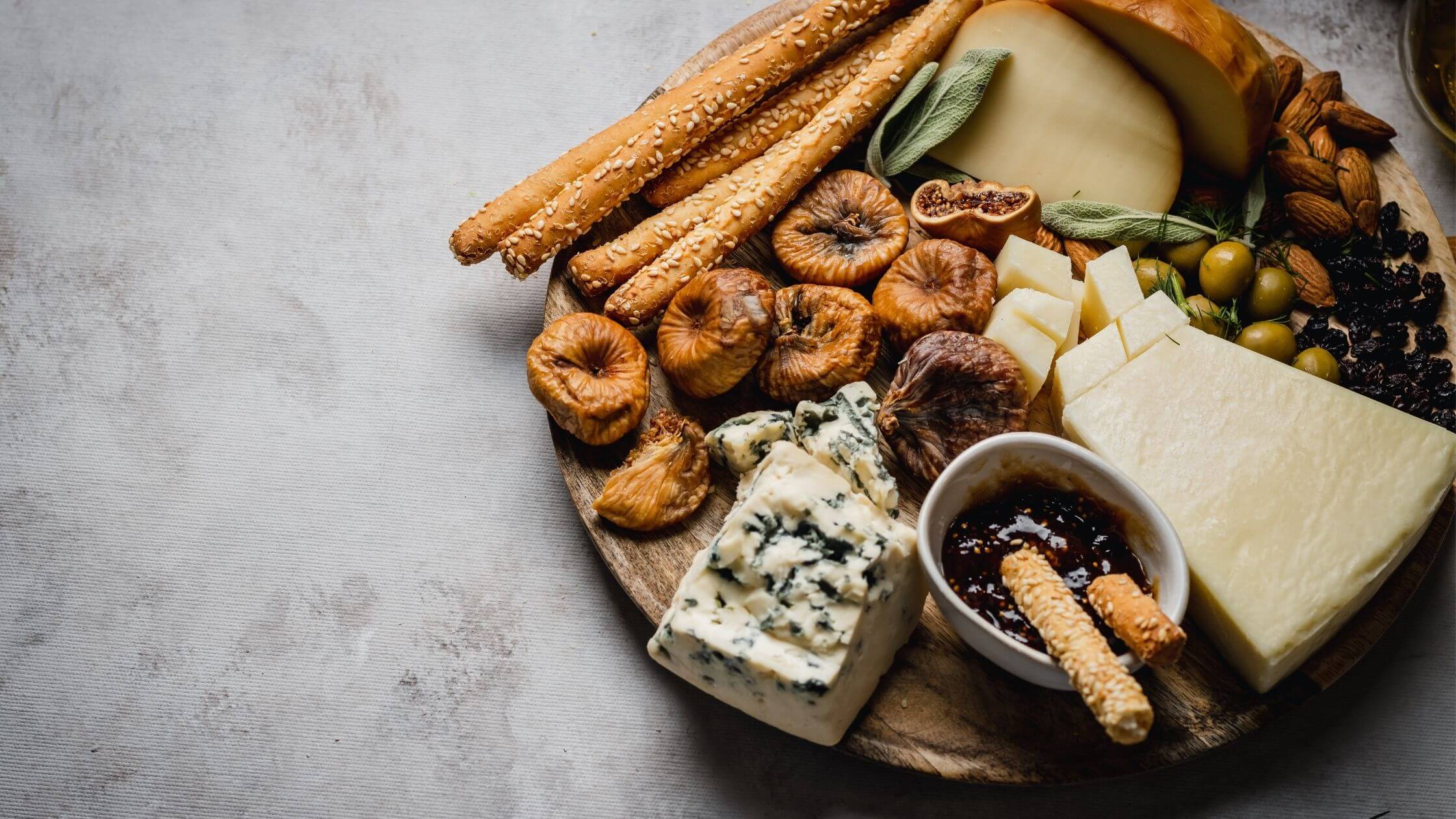
Can't resist a gorgeous cheese plate. Image: Pexels
Oldest cheese found in Croatia
Sir (pronounced s-ee-r), cheese has been an integral part of Croatian history from as far back as 7,200 years, where researchers from Pennsylvania State University found traces of the world’s oldest cheese along the Dalmatian coast.
Although records from the time are scarce, it is theorized that during the 4-5th century BCE, Thracian and Illyrian sheep farmers accidentally produced the first cheeses when milk they kept stored in bags spontaneously fermented and curdled. Today, cheese features heavily in both sweet and savory dishes throughout Croatia such as Burek and Strukli.
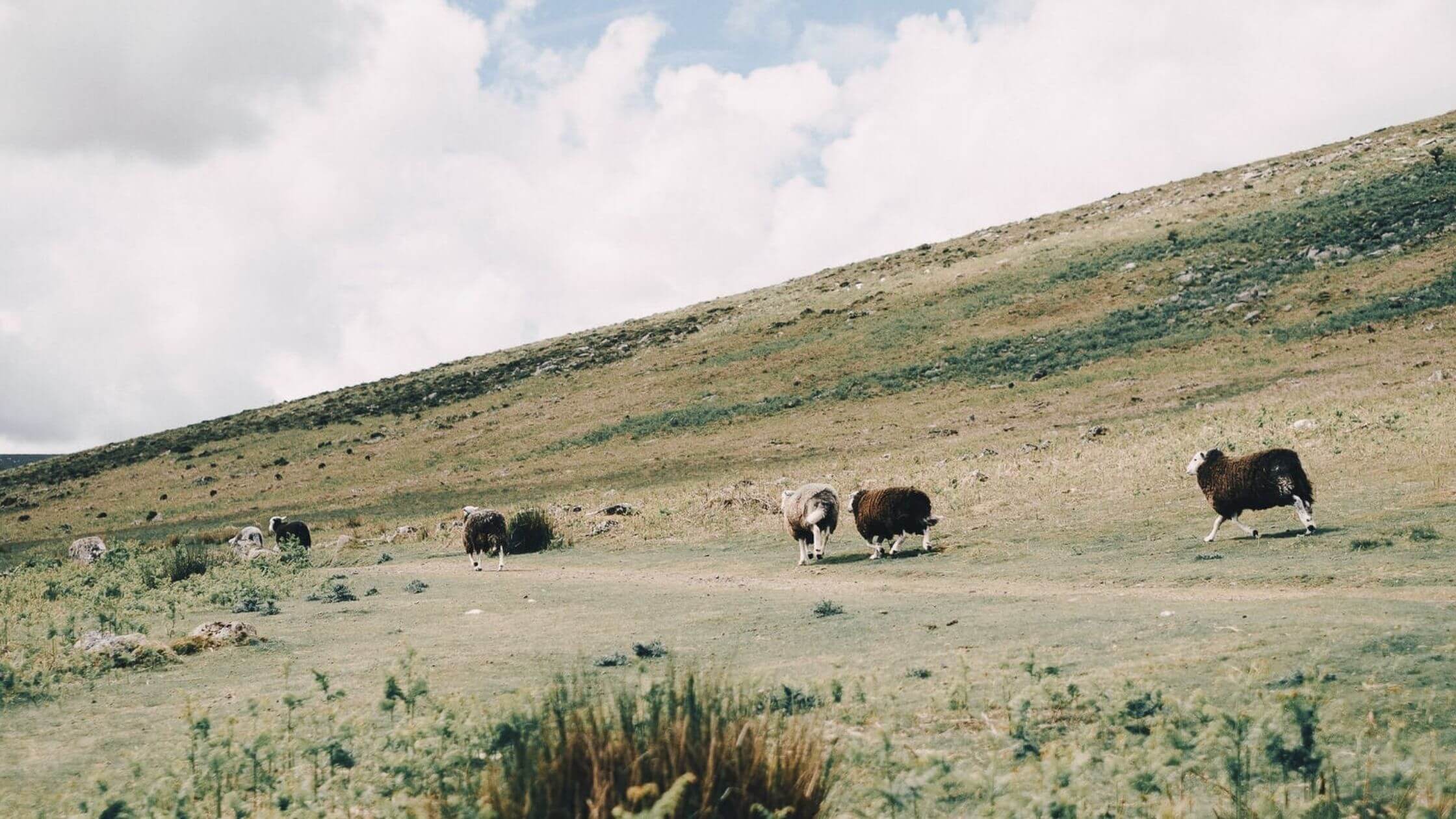
Sheep were the dominant livestock for cheese production. Image: Pexels
Yet, on the global culinary scene, Croatian cheeses remained shrouded in relative obscurity due to the lower levels of production, and the disconnect between traditional cheese producers and the international market.
However, this situation started to change when in 2017, Paški sir, a hard sheep’s cheese from the island of Pag with its delectable notes of wild sage and thyme, took home the gold for the best sheep’s milk cheese at the Global Cheese Awards, giving Croatia’s cheeses much-needed recognition.

Paški sir. Image: Gligora/Facebook
In recent years, Croatia has seen the launch of new types of high-quality cheese, as both artisanal and industrial producers continue to experiment with new additions and methods. Don’t be surprised to find both industrially produced cheese, alongside homemade cheese, on the tables of Croatian families.
Croatian cheese galore
This might come as a surprise but despite its small production, Croatia still boasts a mind-boggling variety of delicious cheeses like Škripavac, Tounjski, Creski, Sir iz mješine, Prgica, Lećevački, and Basa, just to name a few!
These cheeses are typically made from goat (kozji), sheep (ovčji), cow’s (kravlji) milk, or a combination of the 3.
Like Croatian food in general, cheese offerings tend to vary between regions but one of the staple cheeses that can easily be found on the shelves of every grocery store is svježi sir, or fresh cheese.
Svježi sir is typically associated with the regions of Zagorje and Prigorje, about an hour's drive north of Zagreb. This creamy, delicate soft cheese is often consumed at breakfast and is made by processing cow’s milk which gives it its signature mild tanginess, comparable to greek yogurt.
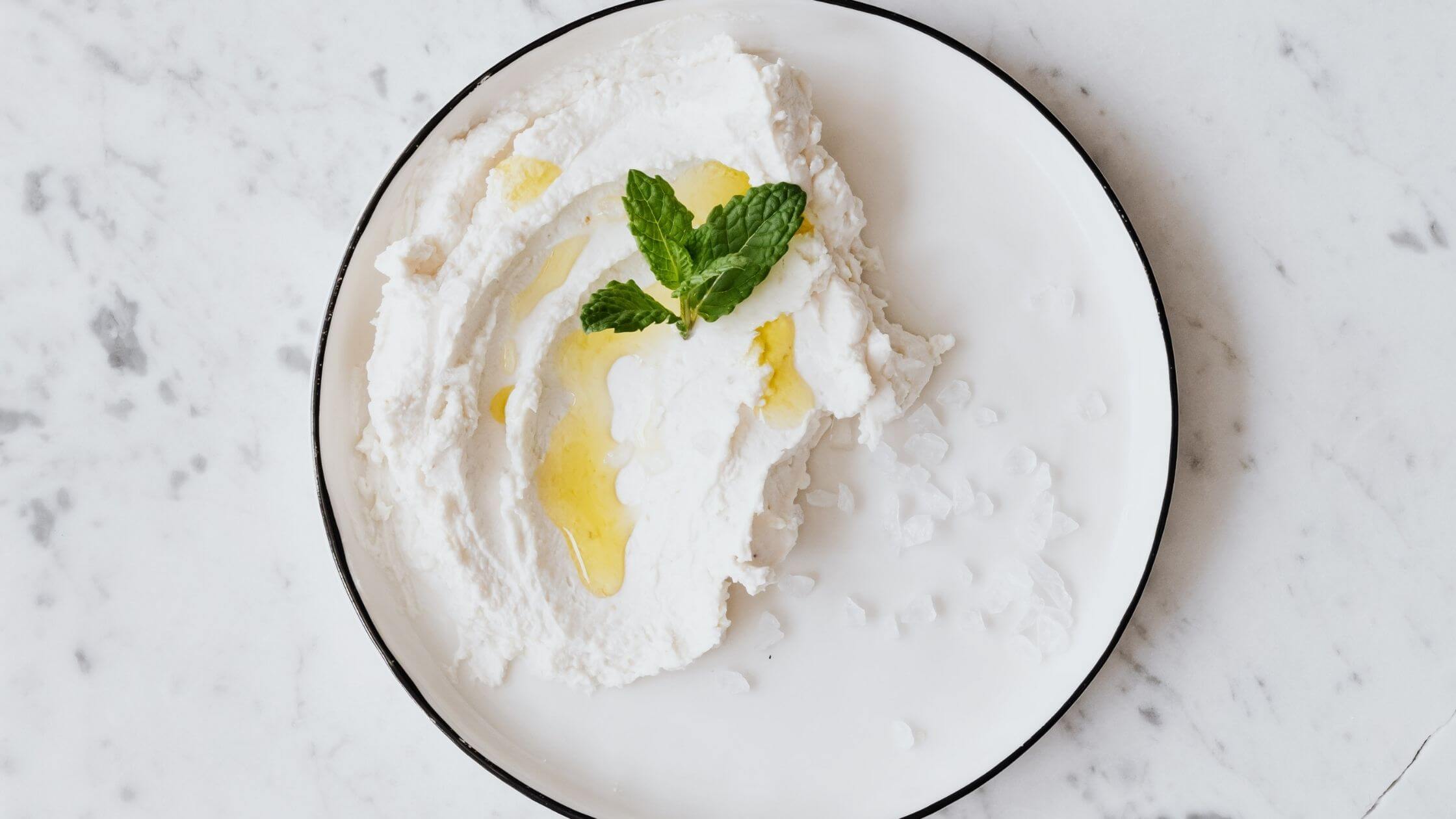
Svježi sir, Croatia’s unsung hero of cheese. Image: Pexels
Derivatives of Svježi sir also include Posni sir, a low fat, smooth, spreadable version, and Zrnati sir which has a grainy texture that most closely resembles cottage cheese. More recently, Icelandic Skyr has also found local popularity due to its high protein, low-fat content. Although consumed like yogurt, Skyr is actually a sour milk cheese.
Another type of Croatian cheese that is commonly sold at farmers' markets is what is known as Kuhani sirevi, or cooked cheese.
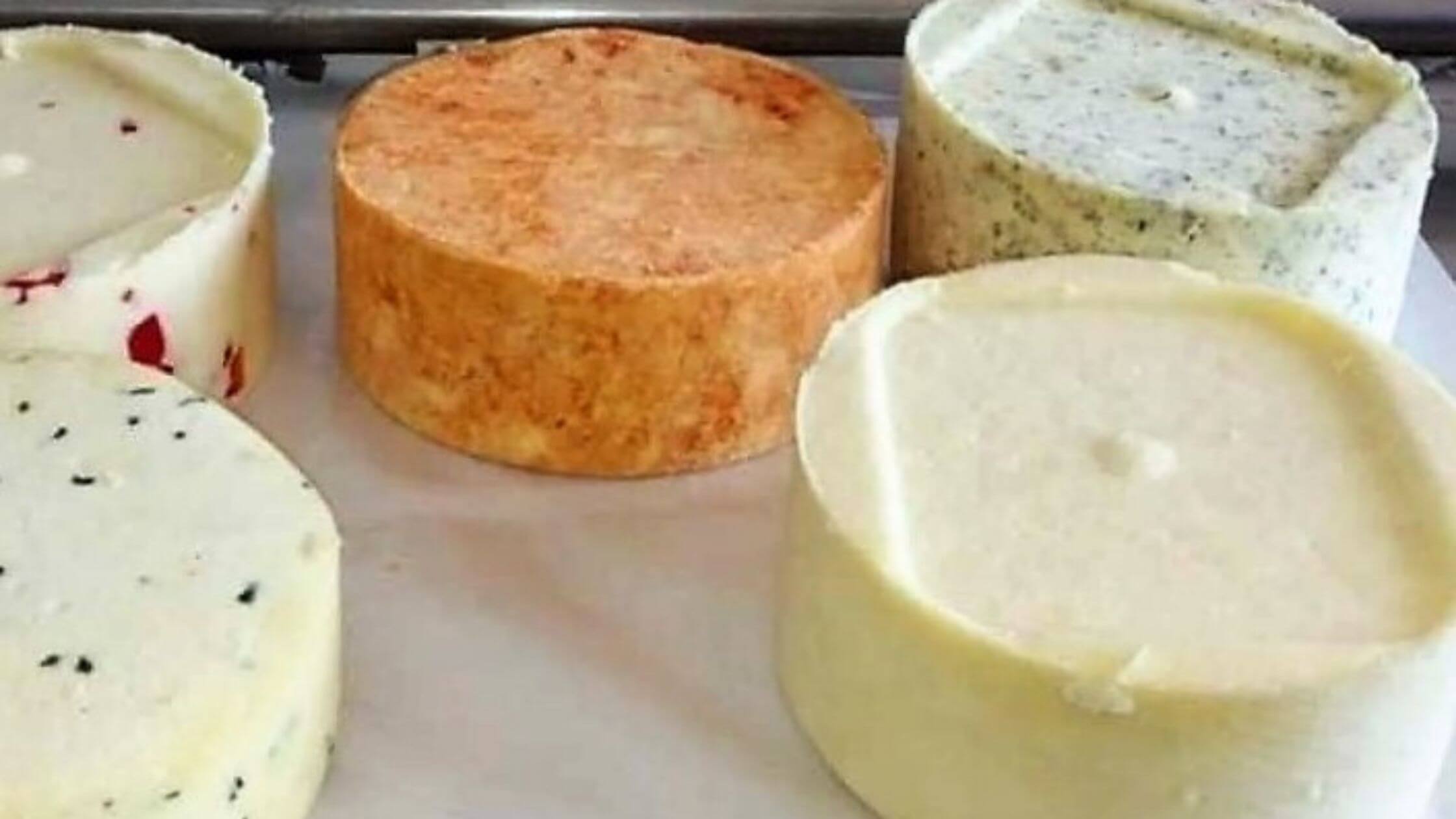
Different types of Kuhani sirevi. Image: Mate Bojčić/Facebook
Kuhani sirevi gets its name from the preparation method where cow’s milk is boiled (i.e. cooked) and curdled with vinegar, before the addition of salt and various spices such as paprika, basil, dill, and oregano.
The result is a semi-hard, rich cheese with a mild chew that when eaten on its own, has a sweet, clean, and grassy flavor. Some producers also smoke this cheese to produce a variant called Dimljeni sir, giving the cheese a delightful smoky aftertaste.
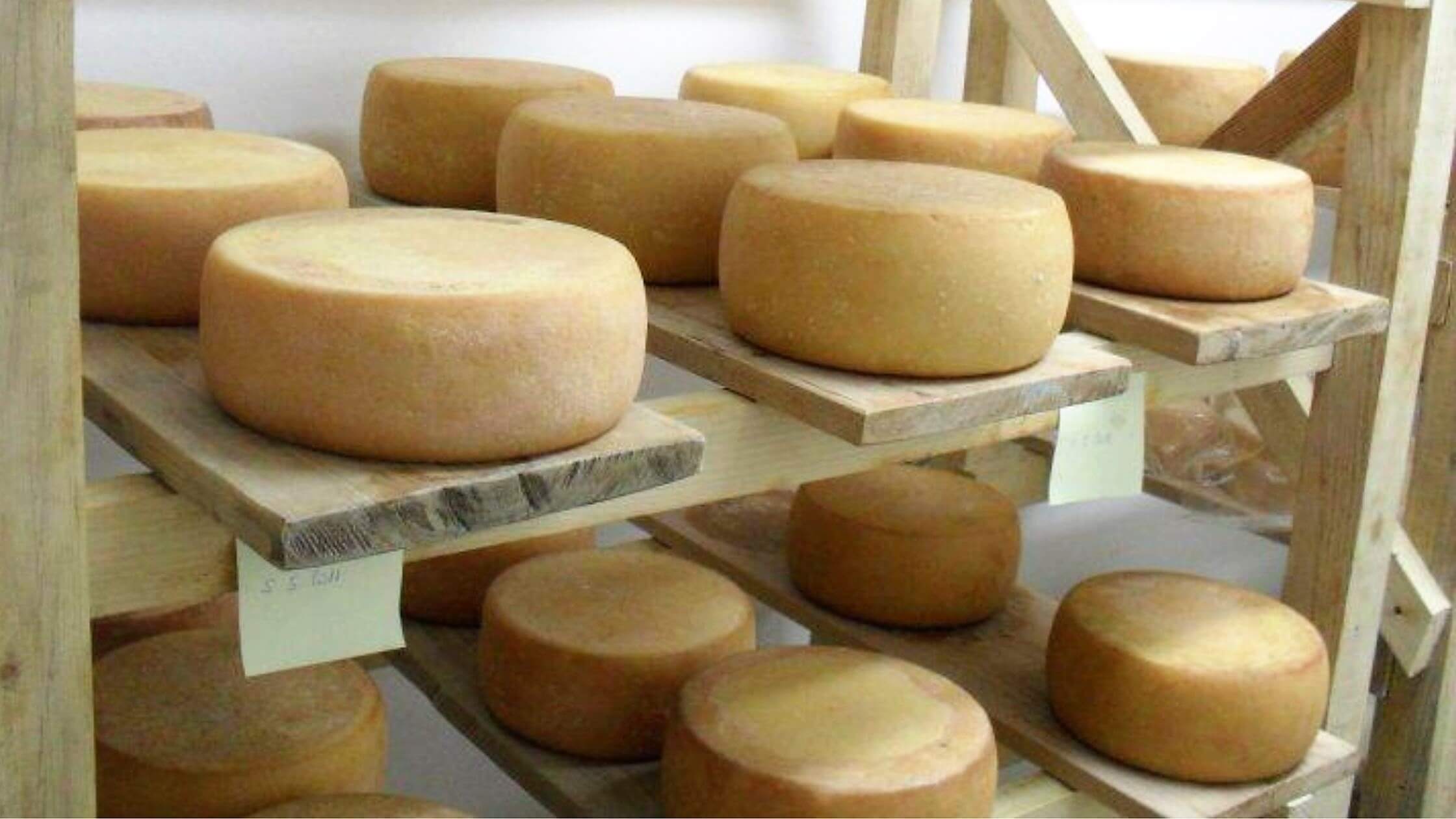
Aging Lećevački cheese. Image: Njuškalo.hr
Closer to (my) home, Lećevački sir may be one of the most widely recognized Dalmatian hard cheeses, having won several awards in the past. In fact, it was so well-received even back in the day that it was served in the Court of Austrian Emperor Francis Joseph (1848-1850).
This cheese originates from the Split hinterland and is made from the milk of either cow, sheep, or a mix of both. It has a mild, grassy aroma with a sharp, slightly spicy aftertaste as a result of the Mediterranean herbs (e.g. rosemary, thyme, sage) that the livestock graze on. Some culinary enthusiasts have even likened aged Lećevački sir, to Paški sir with its nutty notes and crunchy flavor crystals.
Sir iz mišine is a cheese produced in the regions of Zadar, Šibenik, Split and Dubrovnik. Sir iz mišine used to be made exclusively from surplus sheep’s milk, but is today produced with a mix of goat and cow milk.

Sir iz mišine, sold from its lambskin sack. Image: Njuškalo.hr
What makes this cheesemaking process unique is that the milk is aged in lambskin sacks (mišina), made from 6-month-old lambs. When the cheese is ready in the fall, it is transported and sold from these same lambskin sacks. This aging technique also imparts a distinct earthy aroma to the cheese, which is often used as an ingredient to flavor various dishes.
Unfortunately, this cheese is becoming more scarce since the process is kept alive by only a handful of cheesemakers in the region, so do try it if you chance upon it in a market.
Last but not least, there is Težački sir. Težački sir is a hard pasteurized Dalmatian cow milk cheese, aged for a minimum of 4 months. Some producers use this cheese to produce other varieties such as Težački Iz Maslinove, where the same cheese is aged for at least 6 months in pressed olive skins. As the wheels age, the cheese absorbs the flavor and aroma of the olives.
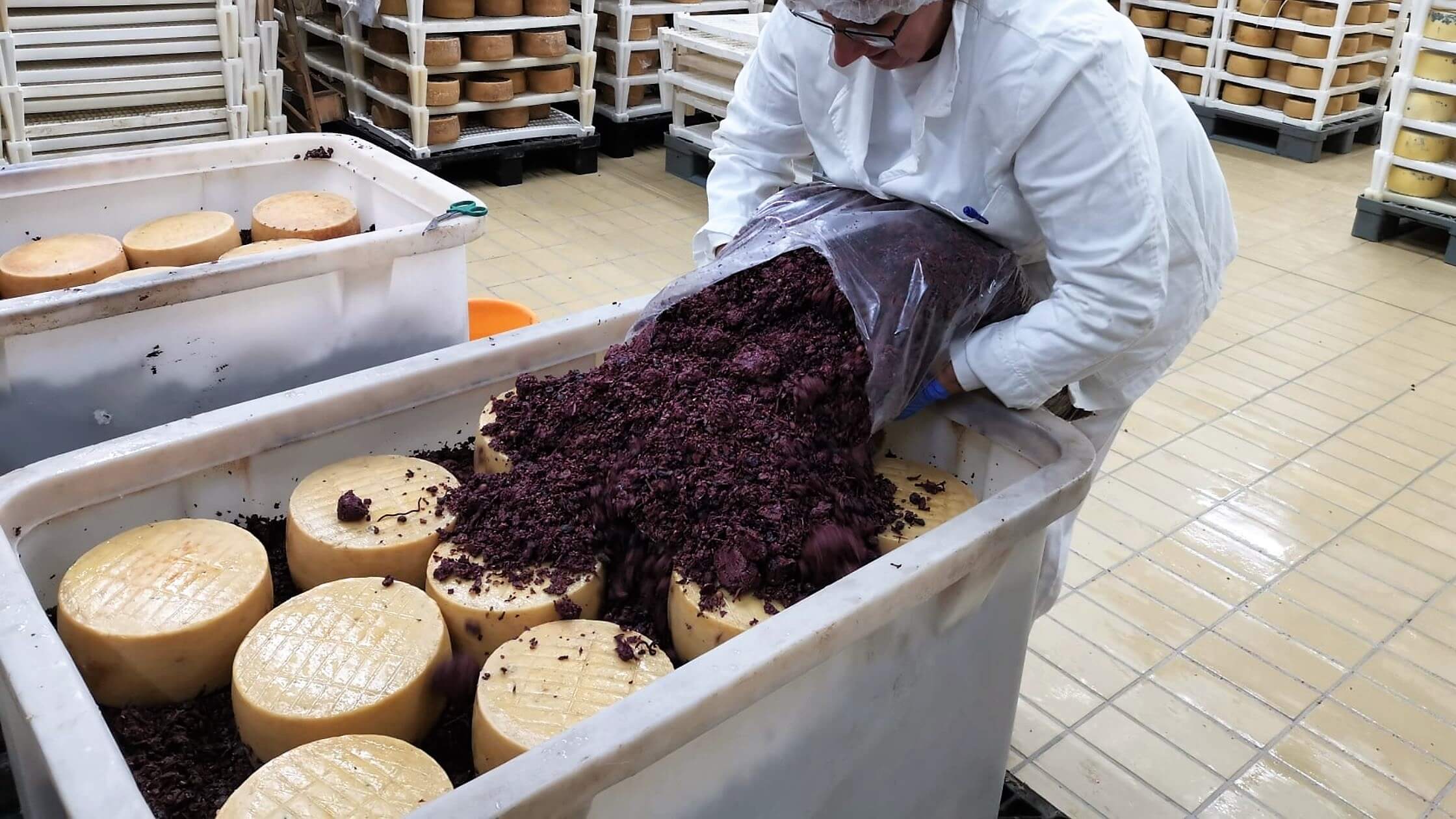
The making of Težački Iz Maslinove at Gligora. Image: Gligora/Facebook
BONUS! How to get the best of both worlds with a method of storing cheese that is unique to the area of Dalmatia and surrounding islands. Semi-hard cheeses are diced into cubes and stored in earthen, or glass containers filled to the brim with olive oil. This way, you get to try the best of Dalmatian cheese and the region’s luscious olive oil.

Sir u ulju, cheese preserved in olive oil for the best of both worlds! Image: My Tasty Pot/YouTube
A quick note on pasteurization
Some Croatian cheeses, in line with European cheese production standards, are made from “raw”, unpasteurized milk that comes straight from the animal. This process is forbidden and/or highly restricted by countries such as Canada, Australia, and the U.S.
Check for labels stating that the product is pasteurized - pasterizirano, or pasteurized and homogenized - pasteriziran i homogeniziran, or if you’re in a restaurant, ask staff for clarity on this.
All in all, I hope this short guide will help you traverse some language barriers and uncertainties when it comes to trying a slice of Croatia’s culinary wonders. Dobar tek!
For more on Croatian products, producers, companies, and exports, make sure to check out Made in Croatia.
A Taste of Croatia at London’s Borough Market
February 25, 2022 - Croats in London: are you after the familiar delicacies of Croatia, whether it'd be cheese or ajvar? Trying to introduce your friends or acquaintances to the food of your country? Look no further than Taste Croatia, the dedicated stall of Croatian food at drink at London’s Borough Market.
Located in London Bridge (just outside the tube station of the same name), the market has a number of stalls selling different types of British and international food. Among these is Taste Croatia, a family-owned deli company established in 2010 by Ana Maria and Chris Stewart, sourcing quality products from some of Croatia’s finest food productions and presenting them to the UK.
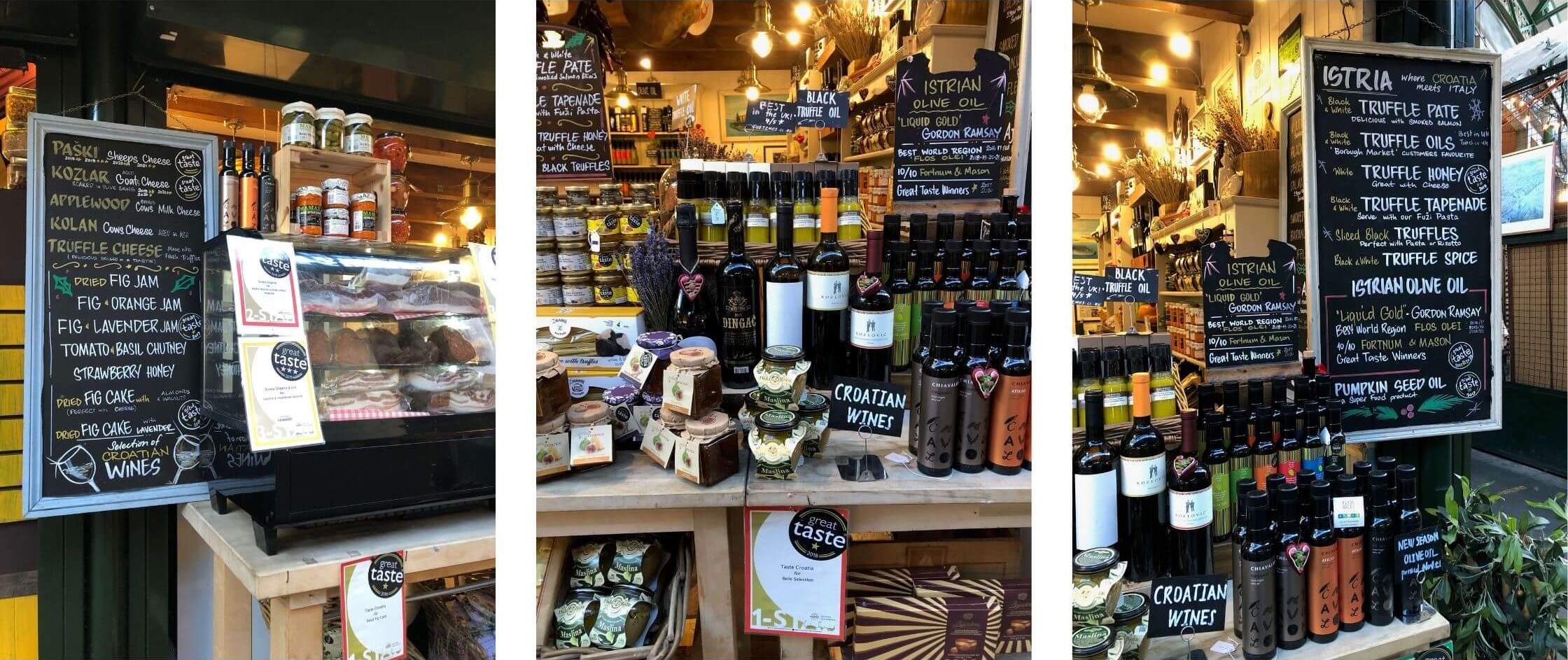
Image: Vivi Albert
The market offers everything from Croatia’s famous cheeses like Paški sir (sheep’s cheese from the island of Pag), to prosciutto from Šibenik, olive oils from Istria, and preserves from Split, including honey, fig and orange jam, and more. Among the available foods are also a variety of truffle products, including cheese, oil, chips, butter, and mayonnaise, Bajadera chocolates, and Croatian wines like Dalmatia’s Plavac wine. And of course ajvar, the classic Croatian spread made from pickled red peppers, and the condiment Croatians are known to pair with every food ever.
Because these are upmarket food products imported from abroad for a small business, they come at a higher price, so be sure to budget if you plan to pay the stall a visit. But that comes down to the hard work of the stall owners, who aim to provide a bit of everything from different corners of Croatia, from Istria to Dalmatia to Slavonia. They aim to represent their country in the best way possible, ensuring their regular and new customers have the finest Croatian products all year round. And their effort has clearly paid off - their roasted pumpkin seed oil and dried fig & lavender jam won Taste Croatia two Great Taste Awards in 2017.
Taste Croatia also has a stall at Primrose Hill Market, as well as an online shop for those located elsewhere across the UK.
For more, check out our lifestyle section.
Croatian Podravka Brand Hopes to Conquer Wealthier European Markets
December the 7th, 2021 - The Croatian Podravka brand is aiming to strengthen its position on the more wealthy European markets, and Martina Dalic says this is an ambitious goal of hers.
As Poslovni Dnevnik/Jolanda Rak Sajn writes, an even bigger and stronger Croatian Podravka brand is an ambitious goal that has been entrusted to the new President of Podravka, Martina Dalic, since the beginning of this year. This aim has the strong support of Prime Minister Andrej Plenkovic and the pension funds, which are the main shareholders of the Koprivnica food giant.
Behind the prematurely deceased Marin Pucar, one of the most important regional companies, which is the holder of most of the development of a good part of the Croatian food and retail industry, remained on good foundations, with excellent results and a stable position across many markets.
However, even in this difficult and uncertain year affected by the coronavirus pandemic, the Croatian Podravka brand has maintained high growth rates with even greater focus on consumer preferences and conquering potential markets in Western and Central Europe while maintaining a dominant position and strengthening competitiveness in the Adria region where Podravka has been in business for more than 70 years,
In the first nine months of this year, the Podravka Group generated a net profit of 259.3 million kuna, 23.4 percent more than in the same period last year. Sales revenues amounted to 3.38 billion kuna, as well.
The Nutrition segment generated 2.6 billion kuna in revenue and Pharmaceuticals generated 749.5 million kuna, with the largest contribution from the Prescription Medicines category, which increased by 5.4 percent in total. Revenues from the sales made by Podravka d.d. in the first nine months of 2021 amounted to 1.65 billion kuna, which is 3.9 percent more than in the same period last year.
Just like last year, due to the epidemiological situation, there was an increase in demand for Podravka's products and the creation of large stocks of customers in almost all markets, and this year's growth has been even more significant.
Compared to pre-pandemic 2019, revenues grew even more, by 5.4 percent, and sales revenue growth was achieved in almost all business programmes. In the Western Europe region, it amounted to 9.5 percent, and the highest growth was generated by the Culinary, Podravka food and Baby food, sweets and snacks segments.
In Central Europe, growth stood at 4.4 percent, and in the Adria region 2.9 percent. The price of a Podravka share on September the 30th this year amounted to 664 kuna, and on the last day of 2020, it was 485 kuna, which is an increase of 36.9 percent.
In accordance with the Strategic Plan of the Podravka Group for the period 2021-2025, adopted after the arrival of Dalic, the company began investments worth 5 billion kuna in production and logistics modernisation and digitalisation, marketing and acquisitions.
The five-year plan includes both divisions of the group, Nutrition and Pharmaceuticals (Belupo), through three development pillars - about 1.7 billion kuna of investment in the modernisation and digitalisation of production and logistics processes, about 1.4 billion kuna in marketing for organic growth and around 2 billion kuna for acquisitions.
The future rapid growth and development of the Podravka Food Division will be based on product categories with greater export potential such as food additives, soups and bakeries, and a focus will be placed on Europe's richer markets. Self-sufficiency will be increased through agricultural production and cooperation will be strengthened in order to reduce import dependence and stably manage risks in the primary part of the supply chain, including through the use of EU funds.
The Croatian Podravka brand recently received 19.4 million kuna in grants from the Rural Development Programme for the modernisation of fruit and vegetable processing plants, the development of new technologies and new products of Kalnik with a total value of more than 38 million kuna, and 5.2 million kuna for the construction project involving solar power plants, worth a total of 10.33 million kuna.
Belupo, on the other hand, is preparing for stronger growth across Central and Western Europe.
For more, check out our business section.
Wine Roads of Jastrebarsko, Samobor, Sv. Ivan Zelina Presented through New Website
27 Nov 2021 - Central Croatia is rightfully getting more and more acclaim as a top-notch travel destination. This is especially true when it comes to its offer of food and wine. Another step in the right direction is the unveiling of the new project Gourmet Tourism – GoWine.
There are numerous attractive towns, villages, and micro-regions around the Croatian capital Zagreb. Some of them are well known among Croatians, most of them unfairly neglected by international travellers. However, things are changing at a rapid pace and we are seeing an increase in promotional actions uncovering the wonders of Central Croatia. The Gourmet Tourism project is a joint effort by tourism boards of three towns: Sv. Ivan Zelina, Jastrebarsko, and Samobor and aims at promoting the food and wine offer in these three areas. This project is backed by the Zagreb County Tourism Board and authorised by the Croatian Ministry of Tourism and Sports.
Increasing visibility of Jastrebarsko, Samobor, and Sv. Ivan Zelina
The primary goal of the project is to communicate a local offer of authentic food and wine more clearly and efficiently by creating interactive and printed maps, a promotional website (www.gowine.hr), WebVR app, as well as to give the project its own recognisable visual identity. The most attractive parts of all these three areas covered in the project are their wine roads. Using stylised maps, the users will now have an easy time navigating them. The locations of numerous local wineries and countryside estates offering quality, authentic bites and sips are now there for all to find and enjoy. With plenty to explore in the area, the creators of the maps had their hands full at selecting those local businesses that will represent the area well.

The presentation of the project itself took place at the beautiful Mirnovec Ethno Farm. While there was plenty of information to go through, representatives of the three tourism boards and their associates kept the protocol dynamic and interesting. With plenty of mouth-watering local food and delicious wine, all gathered members of the press were able to taste for themselves exactly what wonders lie in the vicinity of Zagreb. Well-known names of the Croatian food and wine scene: Mr. Bakalovic, Mr. Spicek, and Mr. Spiranec created a lunch menu perfect for showcasing the finest this region has to offer.
So, next time you get a chance, make sure to explore the areas of Jastrebarsko, Samobor, and Sv. Ivan Zelina. With gowine.hr and all the local information one click away, you now officially have no excuse not to do so. Just make sure you go hungry and thirsty.
For all the tourism information in Croatia, do not miss Total Croatia
Flavors of Croatia: From Local Specialties to Michelin-Starred Restaurants
November 24, 2021 - What can be said about Croatian cuisine? Are the old clichés still true? Are Croatians still carnivores who eat everything with bread? A look at the flavors of Croatia, from local specialties to Michelin-starred restaurants.
As Croatia Luxury Rent reports, Croatia has a heterogeneous and regional cuisine in which each part of the country has its own culinary tradition. And given Croatian history, the regional cuisines often resemble the styles of other countries, some of which have long since ceased to exist.
The influence of antiquity, Illyrians, Mediterranean cuisine, and Italian, French, Viennese, and Hungarian can be felt on the Adriatic. Austro-Hungarian cuisine sends greetings from continental Croatia, as does Turkish.
While you'll find mostly fish, seafood, fruits, vegetables, and olive oil on the coast and islands, in continental Croatia, you'll find more meat, grains, fruits, vegetables, eggs, and dairy products - and the preparation methods are more complex and dishes more nutritious. Both cases boast seasonal cuisine.
Croatian regional cuisines are divided into Istria, Dalmatia, Dubrovnik, Lika, Zagorje, Međimurje, Podravina and Slavonia. Each region has its own specialties, which are not always so well known to everyone at the national level.
So, what is the DNA of a Croatian kitchen? What are Croatian specialties? What makes them unique? Who are the pioneers of Croatian gastronomy? What is the future of Croatian cuisine? Which restaurants are especially worth visiting?
To that end, Croatia Luxury Rent spoke with industry leaders and restaurants.
Despite all the influences, there are many Croatian specialties that you will not find anywhere else except in Croatian regions, and there are also dishes you may not have heard about!
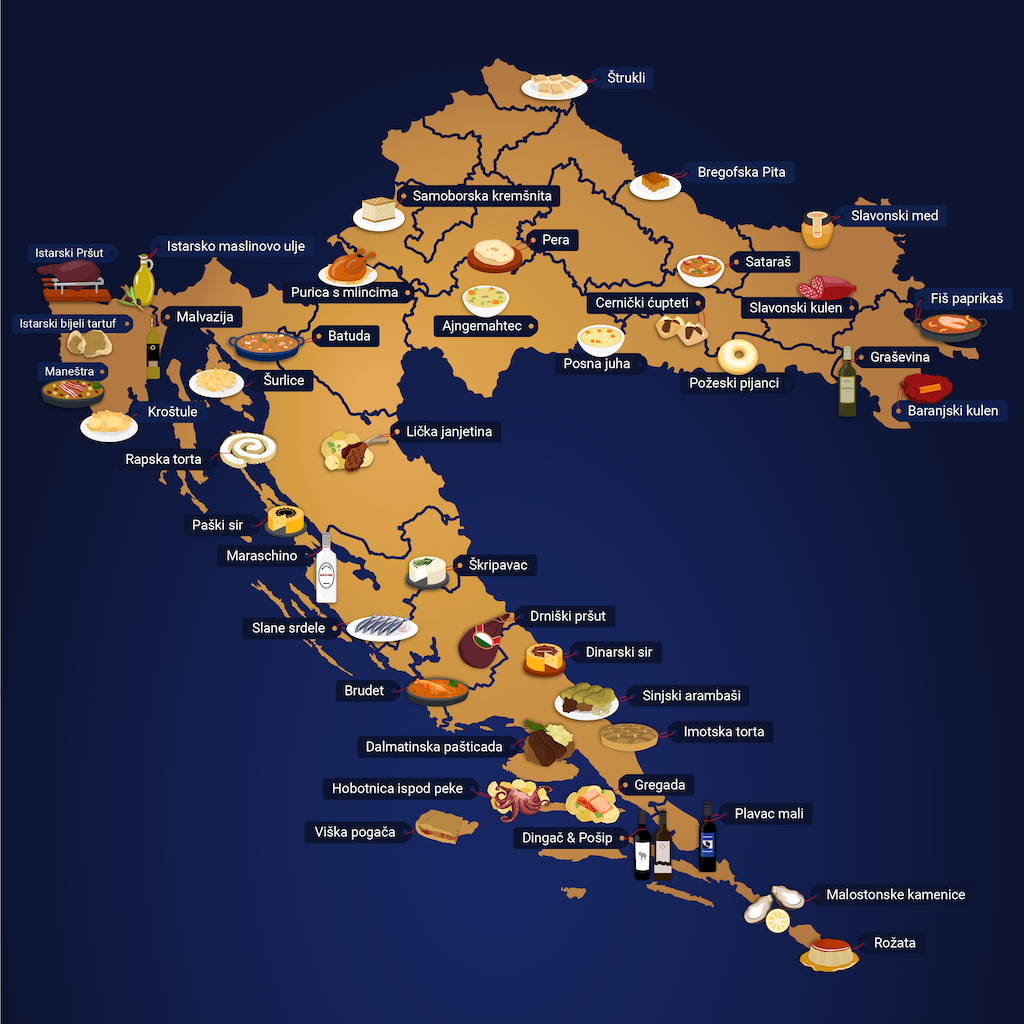
Sinj arambaši: Arambaši - a traditional dish from the Croatian town of Sinj - is an unusual variant of sarma and consists of a combination of minced beef, onion, garlic, pork belly, and parsley. The mix is usually seasoned with pepper, salt, cloves, cinnamon, nutmeg, and grated lemon zest.
This mixture is then wrapped in sauerkraut leaves and placed in a pot. Before cooking, arambaši is covered with chopped sauerkraut, beef bones, tomato juice, water, and various dried meat products. The dish's name comes from the Turkish words 'harami', which means sinful or unacceptable, and 'başi,' which implies commander or chief. It is traditionally served at festivities such as Easter or Christmas, but arambaši are especially popular during the Feast of the Assumption and the popular Sinjska Alka.
Požeski pijanci: Pijanaci is a traditional cake originating from the town of Požega. The cake is made of flour, eggs, yolk, lard, and sugar. The dough is cut into pieces that are shaped into coils with a hole in the middle.
After baking, the tops are dipped in egg whites and sugar and then dry in the oven.
In the past, pijanci were traditionally consumed in the afternoon while drinking wine with friends and neighbors, and the cakes were soaked in wine, hence the name!
Šurlice sa škampima: This specialty originates from the Croatian island of Krk. It consists of a local variety of pasta known as šurlice, combined with onion, garlic, shrimp, tomato juice, white wine, and stock. The pasta is sometimes sautéed in butter before being combined with the other ingredients. It is recommended to supplement the dish with grated cheese before serving.
Learn more about how experts or the kings and queens of Croatian specialties see their products and work, and what makes Croatian cuisine so unique HERE.
Croatian restaurants are impressive, as well. Not only did Croatia receive three new Michelin-starred restaurants last year, but the country also has several Bib Gourmand restaurants and one Michelin Green Star restaurant for exceptional sustainability.
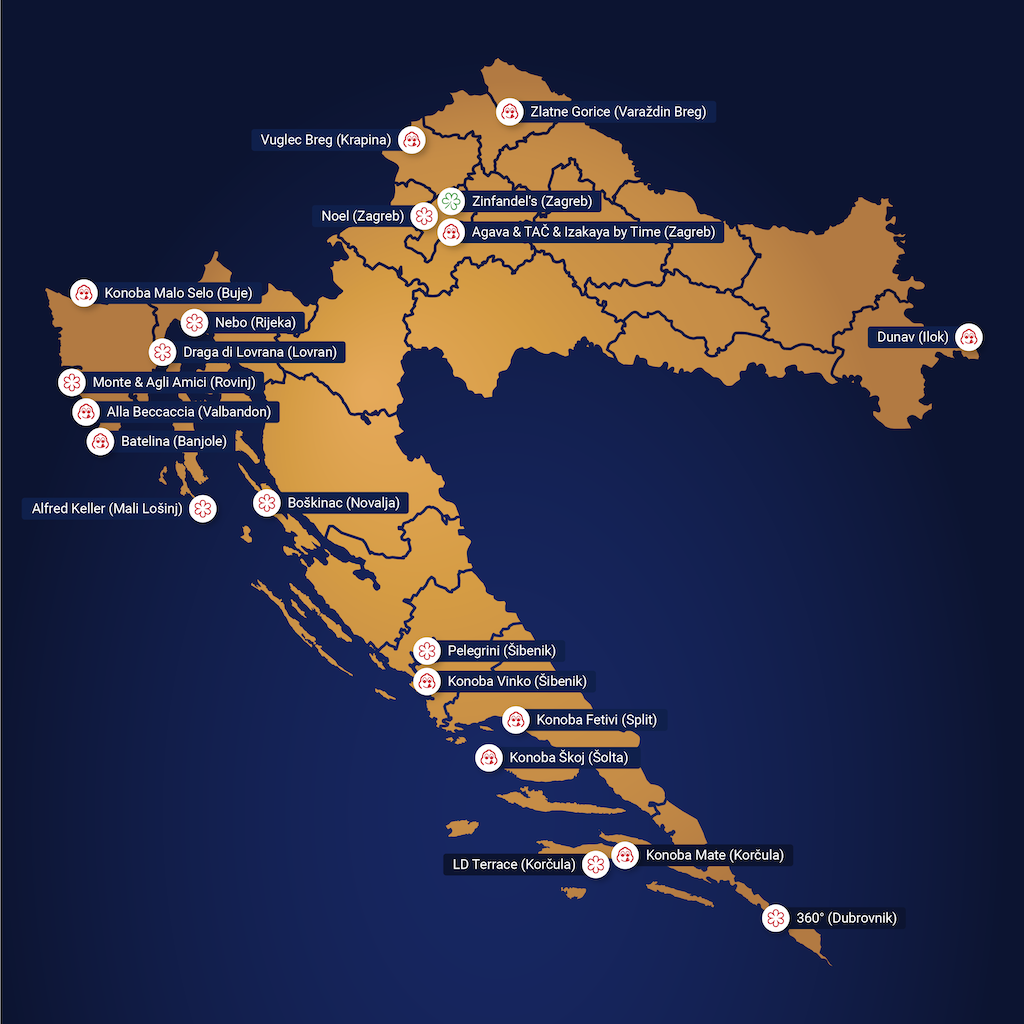
1 Michelin star:
- 360⁰, Dubrovnik
- Draga di Lovrana, Lovran
- Monte, Rovinj
- Pelegrini, Šibenik
- Noel, Zagreb
- Boškinac, Novalja
- LD Terrace, Korčula
- Agli Amici, Rovinj
- Alfred Keller, Mali Lošinj
- Nebo, Rijeka
Bib Gourmand:
- Batelina, Banjole
- Dunav, Ilok
- Konoba Mate, Korčula
- Vuglec Breg, Krapina
- Konoba Vinko, šibenik
- Konoba Fetivi, Split
- Agava, Zagreb
- TAČ, Zagreb
- Konoba škoj, šolta
- Zlatne Gorice, Varaždin Breg
- Izakaya by Time, Zagreb
- Konoba Malo Selo, Buje
- Alla Beccaccia, Valbandon
Michelin Green Star:
- Zinfandel's, Zagreb
You can read more about Croatia's haute cuisine in an interview with LD Restaurant's Marko Gaski HERE.
For more, make sure to check out our dedicated lifestyle section.
Taste the Mediterranean: A Day of Exploring Traditional Croatian Gastronomy in Omiš
October 9, 2021 - To promote Split and Dalmatia as a leading Mediterranean food, wine, and travel destination, the Taste the Mediterranean Festival headed over to Radmanove Mlinice, Arsana Tasting House, and Cetina river canyon for an authentic experience of Croatian Mediterranean identity and traditional Dalmatian gastronomy.
The TTM Festival is finishing strong. For the last day of the 4-day festival, the participants departed from Briig Boutique Hotel in Split at 9:30 am and arrived safely in Omiš and were received by Arsana Tasting House. There, they were greeted with traditional food and wine including soparnik, prosciutto, and Dalmatian wines Pribidrag from Vinarija Mimica and Debit from Vinarija Ante Sladić.

Naturally, visiting Omiš would not be complete without exploring the Cetina river. The gloomy weather did not stop the guests from having a wonderful time in one of the most beautiful attractions in Dalmatia - the beautiful canyon of the Cetina river. "Even the rain couldn't spoil the spirit of our chefs", said one of the event coordinators.
To fully experience the rich history of Dalmatian cuisine, TTM headed over to the famous restaurant Radmanove Mlinice where they were treated with traditional Croatian food from appetizer to dessert. The menu consisted of fritule (Dalmatian fritters), fried frog legs with tartar sauce, salted and marinated anchovies, olives, and white-wine braised octopus with olive oil, garlic, and parsley. Since a traditional Dalmatian meal would not be complete without serving peka, the restaurant served veal "peka" (under the lid) with potatoes and salad as this afternoon's special main course. Radmanove Mlinice also showed the invited guests and chefs how traditional homemade bread is prepared using peka.
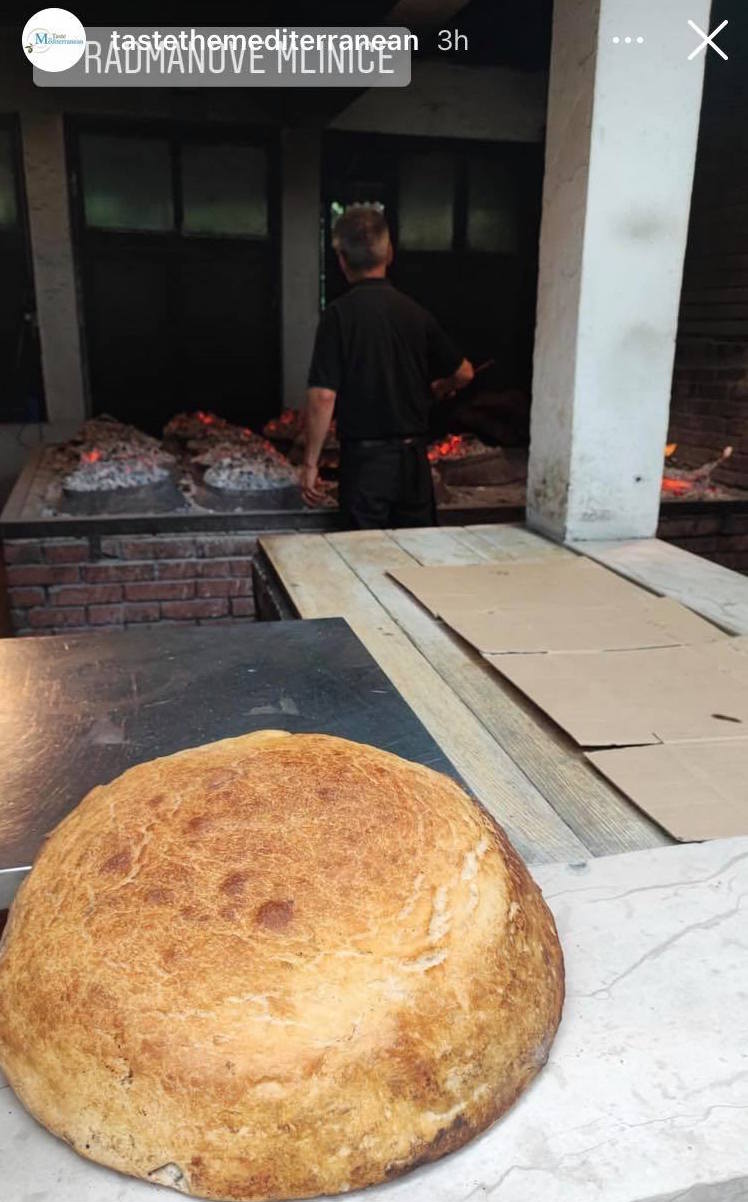
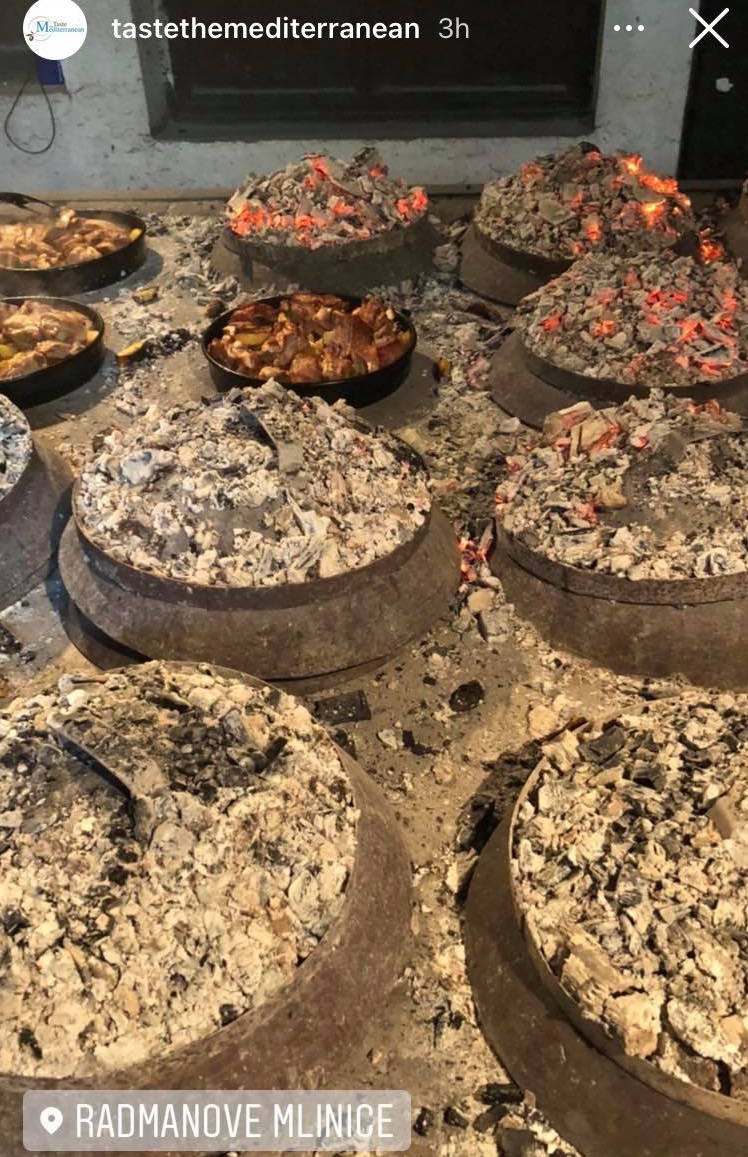
Since two of the main goals of the TTM festival are the exchange of experiences with other Mediterranean countries and education for students and professionals in the hospitality and restaurant industry, chef Ippei Uemura of Tabi Restaurant, Marseille, who won the Young Talent of the Year Gault & Millau France also conducted a masterclass for the students of Jure Kaštelan High School in Omiš.

After a fun day outside of Split, the TTM Festival team returned back to Split to prepare for the last part of the programme which includes exclusive dinners in restaurants Zrno Soli which will be hosted by chef Stjepan Vukadin and Zora Bila which will be hosted by Chefs Sandra and Dane Tahirović. The exclusive dinner specials of TTM Festival were proven to be a hit and were enjoyed by all attendees.
Also as part of the Taste the Mediterranean festival, the Split Restaurant Nights runs until tonight. This event offers tourists and locals special 3-course Mediterranean-Dalmatian menus including wine which is offered at promotional prices in 15 participating restaurants. The restaurants include Restaurants Atlantida, Bajamonti, Brasserie on 7, Bokeria, Corto Maltese, Dujkin dvor, Fantažija, Konoba Fetivi, Konoba Marul, Laganini, Mazzgoon, Pandora Greenbox, Portofino, Sidi bar and Šug.
For more on lifestyle, follow TCN's dedicated page.
For more about Croatia, CLICK HERE.
Pekara Dubravica Boasts 35 Bakeries, Not Considering Exports
September the 20th, 2021 - The popular Pekara Dubravica bakery chain, which came from very humble beginnings, has done excellently despite the coronavirus pandemic and the dire economic consequences it has had on the domestic and global economy.
As Poslovni Dnevnik/Darko Bicak writes, over the past several months, we've witnessed a great growth of the bakery/baked goods market across the Republic of Croatia, which has generally been accompanied by a large number of newly opened bakeries from both small businesses and larger bakery chains.
One of the serious players on the market, at least in the area of the City of Zagreb and its surroundings, is Pekara Dubravica, which has a chain of 35 bakeries in Zagreb, Zapresic and Zabok and employs as many as 429 people.
Over more recent days, this family company, headed by Damir, Franjo and Krunoslav Mikelec, has been celebrating its 60th anniversary. From a small business much like any other, the Pekara Dubravica bakery company has become a very well known Croatia brand that annually earns a massive 156 million kuna, which is much as they had in the record 2019, while last year, due to the pandemic, their income dropped significantly.
They state from Pekara Dubravica that large stores have definitely become significant competition due to the very low prices of their baked products that they struggle to compete with.
"Most of these products are frozen and are imported. When we talk about the bread we bake every day and use large amounts of sourdough for it, the quality of our bread is incomparably higher. We don't import any of our baked products that we place in our bakeries, all our products are from our own production. Twenty years ago, we opened our first branches on the market, and at that time there were no retail chains like we have today, nor were there shopping centres like the ones we have today. Markets the place to get together and to shop. Today, that trend has changed drastically and it's very important for retail chains to attract everyday customers, and they do so in part through the very low prices of bread and other baked products,'' they explained from Pekara Dubravica.
Although in the past, some players from this demanding market have embarked on a large export or franchise expansion, Pekara Dubravica says that they are focused on their own branches, they don't have that in mind, and wholesale makes them a very small share of their overall revenue.
“Logistics and operations are very different whether we do retail or wholesale. We've arranged our business in such a way that we don't have large storage capacities and we don't have any plans to export, nor to open franchises or our own branches abroad.
Our production is specific, we have a lot of manual work which takes place in production, as well as finishing in the offices where a large part of our products are baked. Basically only bread and some small pastries are actually baked in production.
We'll continue to keep going in the same direction and we've got no plans to expand to foreign markets,'' they pointed out from this well known Zagreb company. As their main customers are people going to work, school or tourists, the pandemic has dealt them a considerable blow and they admit that 2020 was especially difficult for them.
"In that year, we had a drop in turnover of 21.1 percent and a drop in the number of customers of 28.5 percent. Our number of customers decreased because people worked en masse from home or didn't go to work at all, the schools were closed, there were no tourists and all of this affected our business. At the same time, the earthquake led to a large number of people from the city centre leaving, and this also affected our business. We managed to save jobs, and that was the most important thing for us at that moment,'' they stated from Pekara Dubravica.
They announced that their plan in the upcoming period is to maintain their good level of recognition and insist on product quality, innovation and freshness. For now, they explained, they're going to remain in the wider Zagreb area and are working on opening new bakeries with planned dynamics of 1-2 new ones per year.
For more, follow our business section.
Baranja Red Pepper Harvest is On! Despite Conditions, Yield is Good
August the 14th, 2021 - Baranja red pepper is often referred to as ''red gold'' among those who have a soft spot for it, and this much loved vegetable grown in Eastern Croatia has done very well this year despite unfavourable conditions for the most part. The Baranja red pepper harvest is already on.
As Poslovni Dnevnik writes, despite a year of extremes so far, the producers of Baranja red peppers, a spicy and popular Croatian vegetable, expect a good harvest with some high quality. Some growers have already started harvesting what they have, and the peak is expected in around ten days. They don't have to worry about the placement of their Baranja red peppers because the customers have long since recognised the worth of this domestic product, and this Baranja ''red gold'' is set to be sold out in record time.
The Lakatos family from Kopacevo has already carried out their first Baranja red pepper harvest and in a few days they will have a big workload on their hands. They expect good yields and quality in all of their ten greenhouses.
''I'm hoping for four more harvests, last year we had five harvests in total, and now we'll see how it's going to be depending on how the year went,'' said Tamara Lakatos from Kopacevo for HRT.
This year is good for Baranja red peppers, but one of the most demanding to date, the growers claim.
''Well, I think this year was the hardest because of the extreme heat and the wind. Nothing has been going in our favour,'' pointed out Zuzana Jozef from Lug.
It’s hard work, but the effort and work pays off. The Varga family from Bilje will produce two and a half tonnes of sweet and hot ground spicy peppers, and they have no concerns about whether or not they'll manage to sell it all.
''Baranja is a God-given location for red peppers as far as the climate and the type of country are concerned, really, everyone says that there are no spicy peppers like Baranja red peppers anywhere else,'' said Tatjana Varga from Bilje.
The demand for Baranja red pepper is so high that it is continuing to sell out in record time.
''It all just disappeared in the first month, because people couldn't go to Serbia and many of those who didn't buy it from Baranja before started doing so,'' explained Zuzana Jozef.
''I think that people have finally realised that Croatian products are of very high quality,'' said Kristijan Lakatos from Kopacevo.
Although 140 kuna should be set aside for a kilogram of sweet spicy peppers, and 150 kuna for a kilogram of hot peppers, nobody even asks about the price when making a purchase. All that seems important to customers is that what they're buying is Croatian and from Baranja.
For more, follow Made in Croatia.


